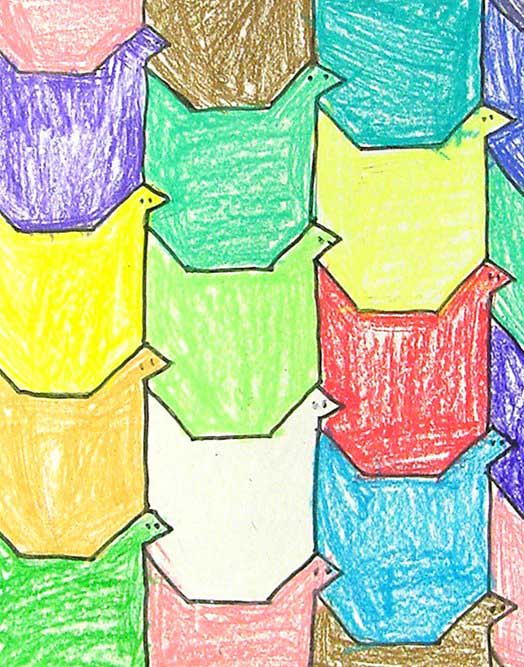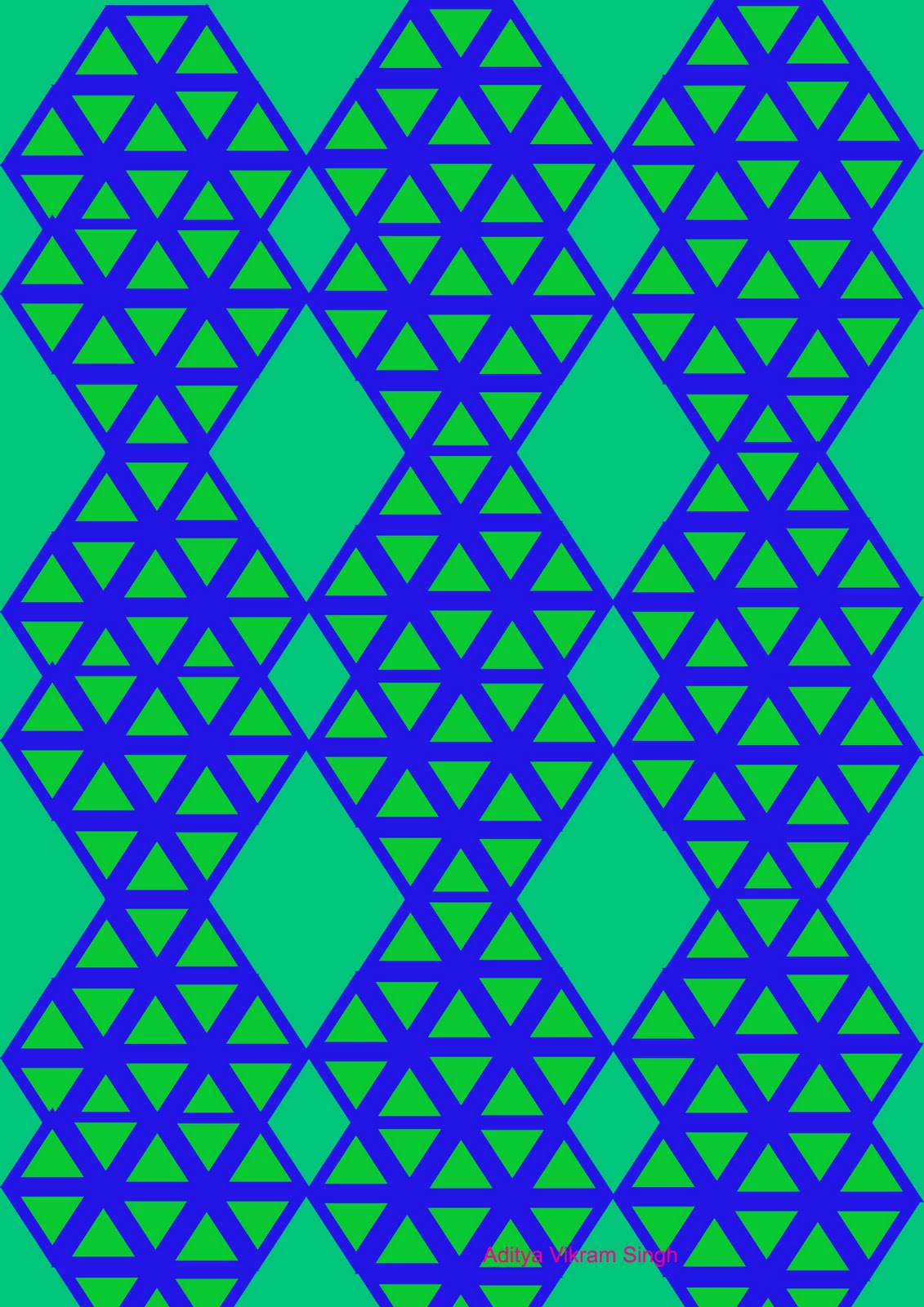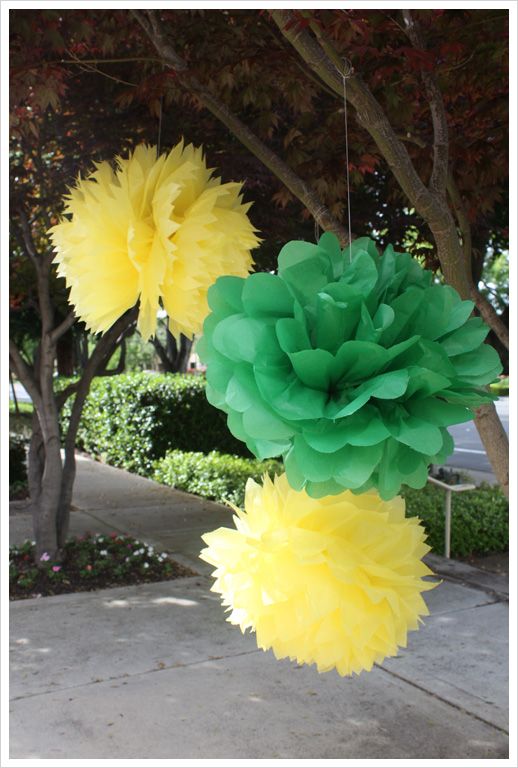

Equilateral triangles and squares are good examples of regular polygons.Īll tessellations, even shapely and complex ones like M.C. Regular polygons are special cases of polygons in which all sides and all angles are equal. Polygons are two-dimensional shapes made up of line segments, such as triangles and rectangles. You can also tessellate a plane by combining regular polygons, or by mingling regular and semiregular polygons in particular arrangements.
#Tessellation ideas how to#
In this article, we'll show you what these mathematical mosaics are, what kinds of symmetry they can possess and which special tessellations mathematicians and scientists keep in their toolbox of problem-solving tricks.įirst, let's look at how to build a tessellation. Beyond the transcendent beauty of a mosaic or engraving, tessellations find applications throughout mathematics, astronomy, biology, botany, ecology, computer graphics, materials science and a variety of simulations, including road systems. Mathematics, science and nature depend upon useful patterns like these, whatever their meaning. Tessera in turn may arise from the Greek word tessares, meaning four. In fact, the word "tessellation" derives from tessella, the diminutive form of the Latin word tessera, an individual, typically square, tile in a mosaic. Escher, or the breathtaking tile work of the 14th century Moorish fortification, the Alhambra, in Granada, Spain. Like π, e and φ, examples of these repeating patterns surround us every day, from mundane sidewalks, wallpapers, jigsaw puzzles and tiled floors to the grand art of Dutch graphic artist M.C. Science, nature and art also bubble over with tessellations. It even bears a relationship to another perennial pattern favorite, the Fibonacci sequence, which produces its own unique tiling progression. The golden ratio (φ) formed the basis of art, design, architecture and music long before people discovered it also defined natural arrangements of leaves and stems, bones, arteries and sunflowers, or matched the clock cycle of brain waves. Euler's number (e) rears its head repeatedly in calculus, radioactive decay calculations, compound interest formulas and certain odd cases of probability. Pick apart any number of equations in geometry, physics, probability and statistics, even geomorphology and chaos theory, and you'll find pi (π) situated like a cornerstone. Tessellations - gapless mosaics of defined shapes - belong to a breed of ratios, constants and patterns that recur throughout architecture, reveal themselves under microscopes and radiate from every honeycomb and sunflower. Mathematics achieves the sublime sometimes, as with tessellations, it rises to art. Within its figures and formulas, the secular perceive order and the religious catch distant echoes of the language of creation.


Now, if only the galleries would look farther than Escher when curating a tessellation exhibition! Lots of artist out there: Tessellation Artists Around the Globe is a list I put together, which I keep on updating as I meet new like-minded artists.We study mathematics for its beauty, its elegance and its capacity to codify the patterns woven into the fabric of the universe. From tessellations to circle limits and fractals, the domain is expanding. The need to leave the master behind and explore what is inside ourselves, waiting to burst out - our own inspirations. Beyond copying and modifying what has come before. Thanks Jeff!Įric Broug, artist, author and master of Islamic geometric design, recently wrote (I’m paraphrasing here) that it was all fine for students to copy the masters in order to learn the art, but a real need was out there for artists to go beyond.
#Tessellation ideas software#
And the software keeps on getting better. And I must say, the results are kilometers ahead of where I used to be with pencil and paper. Today’s technology has given me a new burst of energy and the desire to explore this art-form again. And there is a great difference between looking at, and understanding tessellations. I did start off doing everything by hand in the late 80s, and I must say that it is the best way to learn and understand the concepts. Software does the tedious job of drawing each unit cell today. The arrival of computers and now tablets has allowed artists to explore this tessellation art-form in greater detail, and much faster. For many students tessellations remain imprinted as a fascinating artform.Ī quick search on Google images for the words “bird tessellation” is an indication that we need to go farther. Many elementary school teachers explain the principles to their students, in math or art classes. It is a great way to learn the basic principles of the 17 symmetry groups.

The above designs have been copied and modified extensively.


 0 kommentar(er)
0 kommentar(er)
